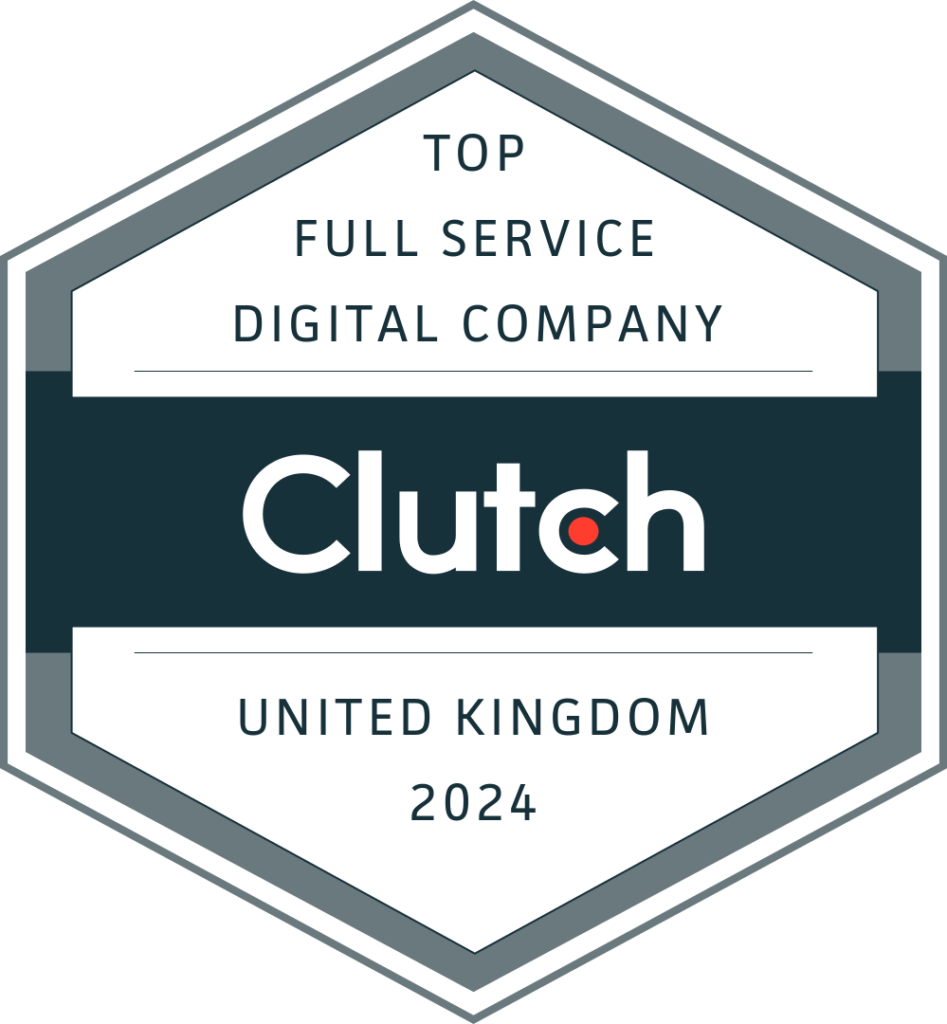Winning Clients in the ‘Messy Middle’: SEO & UX Strategies for Professional Services
Winning clients isn’t luck—it’s strategy. Learn how to optimise your website for the ‘Messy Middle’ with SEO, UX, and trust-building tactics.

In this article:
Is Your Website Helping or Hindering Client Decisions?
Many potential clients spend endless time researching options but never commit. This phase—what Google calls the ‘Messy Middle’—is where they hesitate, seek reassurance, and evaluate choices. If your site isn’t optimised for this crucial stage, you risk losing them to a competitor.
At Agile Digital Agency, we help professional service firms navigate this complex decision-making journey. Here’s how to turn indecision into action.
What is the ‘Messy Middle’?
Google defines the ‘Messy Middle’ as the space between a potential client’s initial trigger (interest in a service) and their final decision. During this phase, clients repeatedly switch between:
- Exploration – Seeking information and considering multiple options.
- Evaluation – Narrowing down choices based on trust, credibility, and value.
Because this cycle is non-linear, clients may revisit your site multiple times before deciding. If your website doesn’t provide the right reassurance at the right time, they may choose a competitor instead.
Why the ‘Messy Middle’ is Crucial for Professional Services
Unlike e-commerce, professional services involve higher stakes and longer decision cycles. Clients need reassurance before committing. Key challenges include:
- Complexity – Clients conduct extensive research before reaching out.
- Trust & Credibility – Decisions rely on expertise, testimonials, and reputation.
- Multiple Decision-Makers – Many services (e.g., legal, finance, consultancy) require input from multiple stakeholders.
How to Optimise Your Website for the ‘Messy Middle’
To guide hesitant prospects toward action, your website needs to perform across multiple touchpoints:
1. Boost Search Visibility (SEO, PPC & GEO)
Be visible where your clients are searching. A solid combination of SEO and PPC ensures your firm shows up during both exploratory and decision-focused queries. But in 2025, visibility isn’t just about Google—it’s also about ranking in AI-driven search platforms like Perplexity, ChatGPT, and Gemini.
This is where Generative Engine Optimisation (GEO) comes in.
GEO is the process of optimising your content to appear in AI-generated responses across search and assistant tools. These systems reward well-structured, authoritative, and context-rich content that answers complex queries directly.
GEO Key Tactics:
- Use concise, answer-driven language that mirrors how users ask questions.
- Add structured data (e.g. FAQ, HowTo) to increase chances of being pulled into AI summaries.
- Ensure your content is authoritative, up-to-date, and aligned with semantic search intent.
- Monitor AI-generated search results to reverse-engineer featured formats.
Key takeaways:
✅ Target both informational & transactional keywords to capture clients at different stages.
✅ Implement SEO best practices (on-page optimisation, structured data, internal linking).
✅ Leverage Google Ads & LinkedIn Ads to stay visible during the research phase.
✅ Optimise for AI Overviews and zero-click searches by providing concise, authoritative answers.
✅ Incorporate Generative Engine Optimisation (GEO) strategies to enhance visibility in AI-generated responses.
Read also:
- 10 Common SEO Mistakes Professional Services Make (And How to Avoid Them)
- Are SEO services worth the investment in 2025?
- Advanced GEO: Mastering Generative Engine Optimisation for 2025 and Beyond
2. Deliver a Seamless User Experience (UX & Web Design)
First impressions matter. Ensure your website offers clear messaging, fast load times, and intuitive navigation to build confidence. A mobile-friendly and accessible design caters to all users, reflecting your firm’s professionalism and attention to detail.
Key takeaways:
✅ Ensure fast load times & mobile responsiveness.
✅ Create clear navigation that guides users towards key service pages.
✅ Use strong calls-to-action (CTAs) on every page.
3. Build Trust with Social Proof
Trust is a decisive factor. Prominently display client testimonials, case studies, awards, and certifications on your website. These elements serve as social proof, reassuring potential clients of your firm’s credibility and success.
Key takeaways:
✅ Showcase testimonials, case studies, and industry certifications prominently.
✅ Highlight media mentions, partnerships, and awards.
✅ Use real client success stories to demonstrate tangible results.
Further reading:
Building Trust Online: Key Strategies for Professional Service Providers
4. Leverage Cognitive Biases to Influence Decisions
Understanding and addressing cognitive biases can influence client decisions. For instance, showcasing popular services or highlighting limited-time offers can create a sense of urgency and preference. Aligning your content strategy with these psychological insights can effectively guide clients towards choosing your services.
Key takeaways:
✅ Use scarcity & urgency (e.g., “Limited slots available for consultations”).
✅ Apply authority bias (e.g., “Trusted by leading law firms & financial experts”).
✅ Make decision-making easier by offering comparison guides.
Further reading:
How Might Businesses Use Cognitive Biases to Their Advantage?
5. Offer High-Value, Engaging Content
Provide high-quality content that addresses common client pain points and questions. This could include insightful blog posts, detailed case studies, informative videos, and downloadable resources. With the growing importance of short-form videos in engaging audiences, consider incorporating concise and impactful video content to capture attention and convey your message effectively.
Key takeaways:
✅ Create insightful blog posts & industry reports to establish thought leadership.
✅ Use short-form videos & case studies to keep visitors engaged.
✅ Offer downloadable guides or webinars as lead magnets.
6. Embrace AI & New Technologies
Stay ahead by integrating emerging technologies into your digital strategy. Utilising AI tools can enhance content creation, data analysis, and customer experience optimisation. Augmented Reality (AR) can offer clients interactive visualisations, providing tangible previews of your services. Adapting to these innovations demonstrates your firm’s commitment to staying at the forefront of industry trends.
Key takeaways:
✅ Implement AI-driven chatbots for instant client interactions.
✅ Use personalisation tools to tailor website content to visitor behaviour.
✅ Consider interactive tools (e.g., cost calculators, quizzes) to engage users.
Conclusion
Navigating the ‘Messy Middle’ may seem daunting, but with a strategic approach, your website can become a powerful tool for transforming hesitant prospects into loyal clients. By enhancing search visibility, delivering exceptional user experiences, building trust, leveraging psychological insights, providing valuable content, and embracing technological advancements, your firm can gain a competitive edge and outshine your rivals.
Is your website ready to lead clients through the ‘Messy Middle’? Let’s make it your strongest asset in converting prospects into loyal clients.

Our commitment to excellence is underscored by our recognition as a Top Full Service Digital Company in the United Kingdom for 2024.
Agile is an independent Digital Marketing Agency headquartered in London, specialising in web design and search engine optimisation. Our proficiency is underscored by several HubSpot Certifications, and we take pride in being recognised as a 2023 Global Award Winner for SEO by Clutch. At the heart of our success lies a team that seamlessly navigates the intersection of technology and marketing, ensuring innovative and impactful solutions for our clients.
Related
Articles


